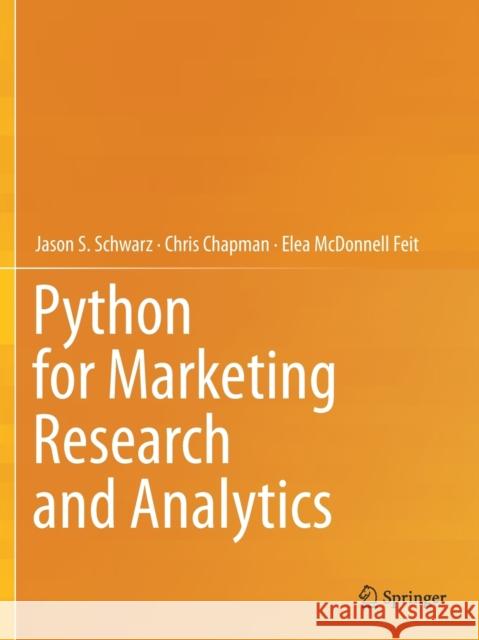Python for Marketing Research and Analytics » książka
topmenu
Python for Marketing Research and Analytics
ISBN-13: 9783030497224 / Angielski / Miękka / 2021 / 286 str.
Python for Marketing Research and Analytics
ISBN-13: 9783030497224 / Angielski / Miękka / 2021 / 286 str.
cena 242,07 zł
(netto: 230,54 VAT: 5%)
Najniższa cena z 30 dni: 231,29 zł
(netto: 230,54 VAT: 5%)
Najniższa cena z 30 dni: 231,29 zł
Termin realizacji zamówienia:
ok. 22 dni roboczych
Bez gwarancji dostawy przed świętami
ok. 22 dni roboczych
Bez gwarancji dostawy przed świętami
Darmowa dostawa!
Kategorie:
Kategorie BISAC:
Wydawca:
Springer
Język:
Angielski
ISBN-13:
9783030497224
Rok wydania:
2021
Ilość stron:
286
Waga:
0.64 kg
Wymiary:
27.94 x 20.96 x 1.52
Oprawa:
Miękka
Wolumenów:
01
Dodatkowe informacje:
Wydanie ilustrowane











